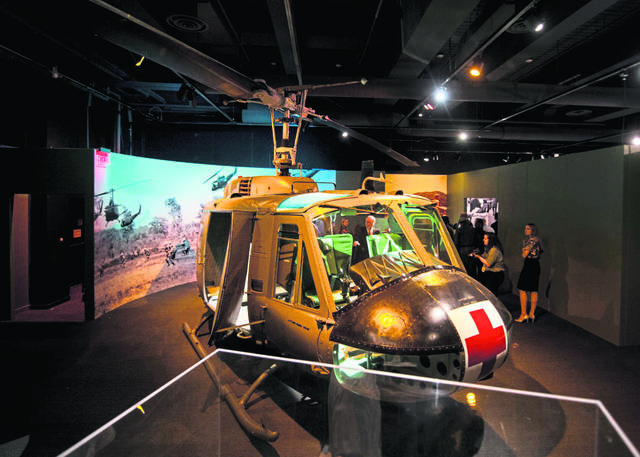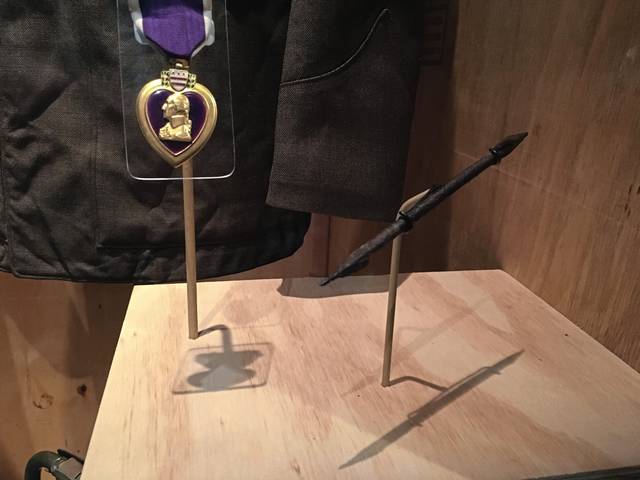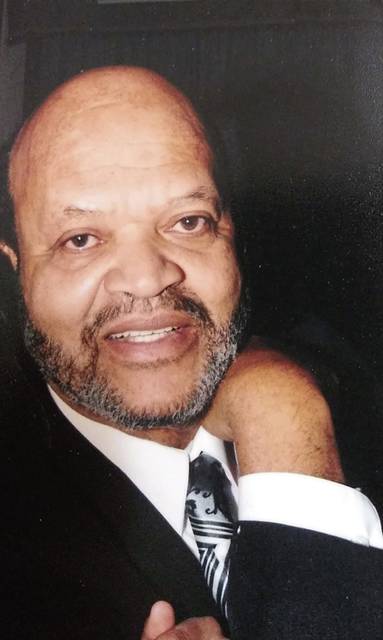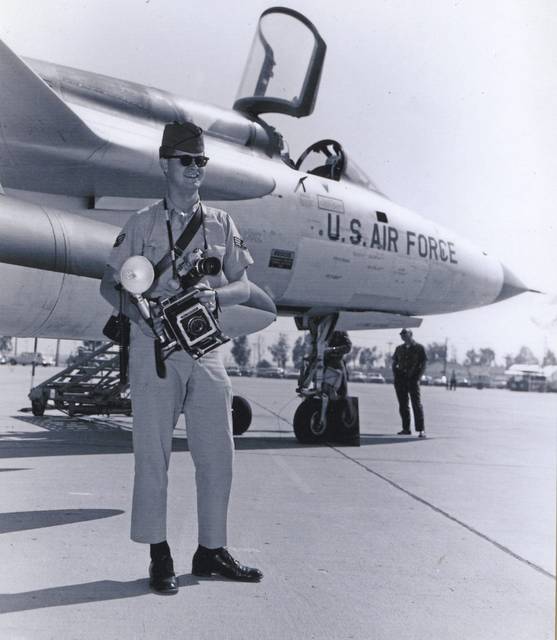Vietnam vets appreciate Heinz History Center artifacts of war, memories
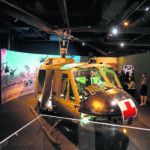
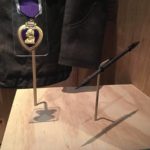
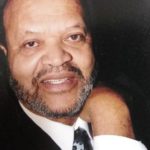
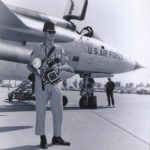
Share this post:
John Clark had been in Vietnam for about three weeks when, while out on patrol, he stepped on a metal stake that went through the side of his foot.
“It looks like a big nail, maybe 8 inches long, with a fish hook at the end, so if you step on it, you can’t pull it back through your foot because of that hook,” Clark said of the stakes that North Vietnamese soldiers planted in tall grass to wound and infect the feet of enemy fighters.
“Luckily, it went through the side of my foot. It didn’t go through the bones,” Clark said. “They cut it out right in the field.”
Clark saved the memento, called a punji stake, and brought it home with him. Now it’s one of the pieces in the Senator John Heinz History Center’s newly opened exhibit “The Vietnam War: 1945-1975.” The exhibit runs through Sept. 22.
For Clark, 74, who grew up in Pittsburgh’s East Liberty neighborhood, and other American veterans of the Vietnam War, there are many vivid reminders of their experience in a conflict that divided America and ushered in an age of cynicism in the United States.
“The only thing missing from this exhibit is the heat and the smell of the dirt,” said Clark, who served as a Marine sergeant from 1966 to 1967 and received a second Purple Heart when he was wounded by a land mine days before the end of his tour of duty.
“I told my wife it was hot as hell when you first got there,” Clark said. “And the first time that you got fired upon is the last time you ever thought about the heat.”
George Kniss, 77, who grew up in Pittsburgh’s Arlington/Knoxville area, served with the Air Force in Vietnam as a photographer specializing in aerial reconnaissance. He says the Heinz exhibit touches on all of the important aspects of the war, including the anti-war protests on the home front.
“It was an American experience, a negative one,” Kniss said. “After I came home, I went to Carnegie Mellon and I ran into the protesters there and I, at the time, was for the war. So we had some skirmishes on the campus at CMU.”
Kniss said he was elated when he first heard about the exhibit.
“I said, ‘Finally, we’re going to get a local exhibit with local Vietnam vets in it,’ ” Kniss said. “That’s the important part of this, that they were able to lasso 50 Vietnam vets from the Western Pennsylvania area and get their personal reflections and personal artifacts in an exhibit in a top-rated museum. And I am so impressed.”
Joe Corrigan was an Army specialist fourth class from Sharpsburg. He was married and living in California when he was drafted at age 24. His draft card and induction letter are on display in the exhibit.
“The draft letter came to me from Pittsburgh,” Corrigan said. “My wife called me at work and she was crying. She said, ‘You got a letter from the government, and I opened it up and you got drafted.’ I thought there was some mistake because I didn’t think they were drafting married men. It was a bit of a shock.”
Some in Corrigan’s position ended up making the decision to move to Canada once they were drafted to avoid having to go to Vietnam. But Corrigan said he never considered that.
“When I got drafted, I thought it was my responsibility to do what needed to be done by going,” Corrigan said. “My father was in World War II, my stepfather was in World War II and the Korean War, both of my grandfathers were in World War I. I just felt that that was something I needed to do.”
Corrigan served in Vietnam in 1967 and 1968 and said that when he returned, he got a very cold reception, like many other soldiers from the era.
“I just wasn’t treated very nicely,” he said. “Nobody spit on me, but I knew guys who had been spit on. If you mentioned to somebody that you were in the Army, it was like you felt a steel wall go up. For many years, I wouldn’t even talk about the war.”
Corrigan says the Heinz History Center’s exhibit has helped him put his combat experiences in perspective.
“When you are at war, it’s like being in the woods when you’re hunting. You only see 30 yards around you,” Corrigan said. “Being in combat in the Army, you don’t really know what the whole picture looks like. You just get to see it from where you are at that particular moment.
“The way they have (the exhibit) laid out, it gives you a good insight from a lot of different positions about what was going on.”


